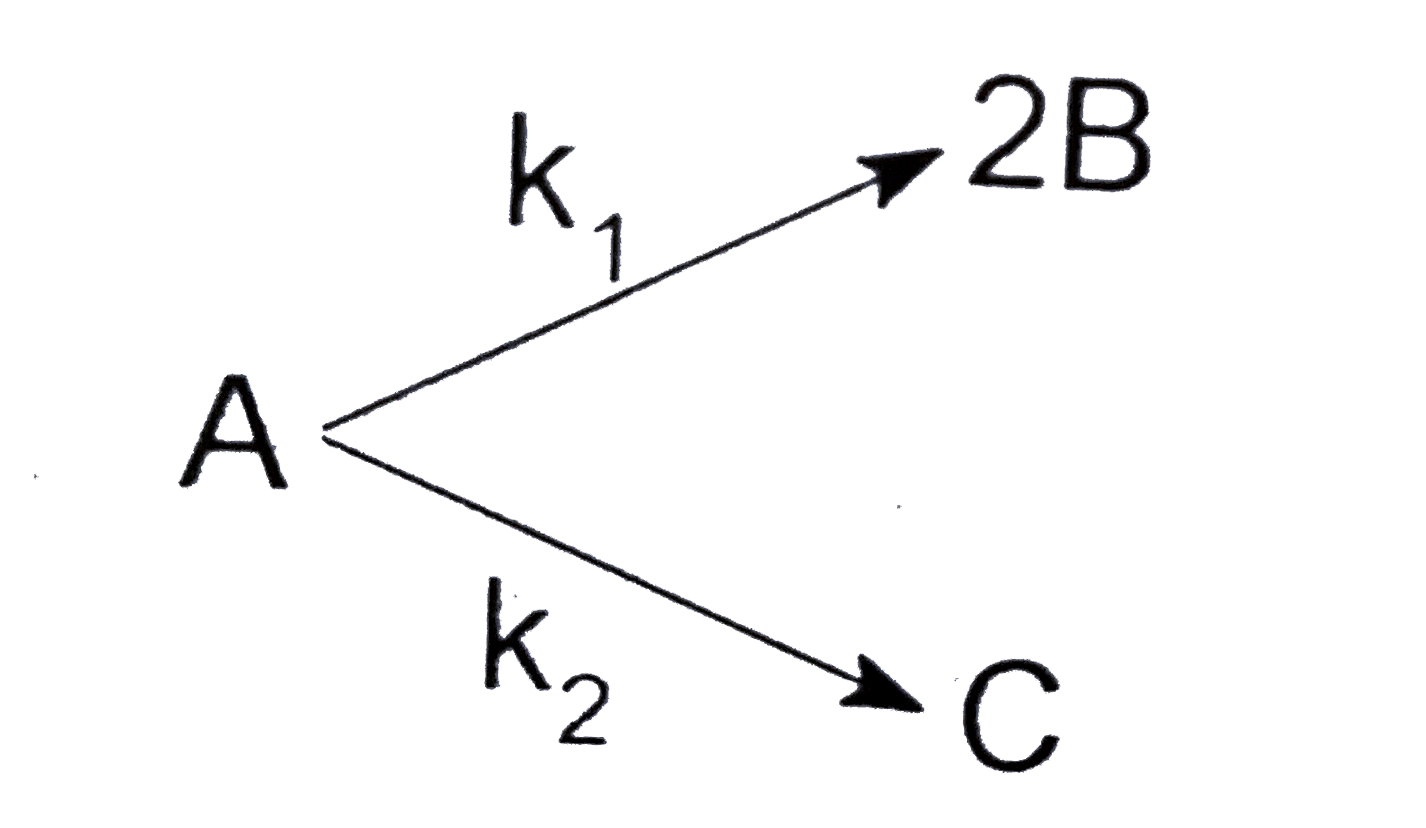Which of the following relation is correct for kf and kb in an equibilirium process that contains equal moles of rectants and products.
kf=kb
kf>kb
kf<kb
we cannot predict
The correct Answer is:D
To solve the problem regarding the relationship between the forward rate constant kf and the backward rate constant kb in an equilibrium process with equal moles of reactants and products, we can follow these steps:
Step 1: Understand the Equilibrium Process
In a chemical reaction, we can represent the forward reaction as:
A⇌B
where A is the reactant and B is the product.
Step 2: Define the Rate Constants
The forward reaction rate constant is denoted as kf, and the backward reaction rate constant is denoted as kb.
Step 3: Write the Rate of Reaction
The rate of the forward reaction can be expressed as:
Rateforward=kf(A)
And the rate of the backward reaction can be expressed as:
Ratebackward=kb(B)
Step 4: Establish Equilibrium Condition
At equilibrium, the rate of the forward reaction equals the rate of the backward reaction:
kf(A)=kb(B)
Step 5: Consider Equal Moles of Reactants and Products
Since the problem states that there are equal moles of reactants and products, we can assume:
(A)=(B)
Step 6: Substitute into the Equilibrium Expression
Substituting (A) for (B) in the equilibrium expression gives:
kf(A)=kb(A)
Step 7: Simplify the Equation
Since (A) is not zero, we can divide both sides of the equation by (A):
kf=kb
Conclusion
The correct relationship between the forward and backward rate constants kf and kb in this equilibrium process is:
kf=kb
Final Answer
Thus, the correct option is that kf is equal to kb.
---
In a chemical reaction, we can represent the forward reaction as:
A⇌B
where A is the reactant and B is the product.
The forward reaction rate constant is denoted as kf, and the backward reaction rate constant is denoted as kb.
The rate of the forward reaction can be expressed as:
Rateforward=kf(A)
And the rate of the backward reaction can be expressed as:
Ratebackward=kb(B)
At equilibrium, the rate of the forward reaction equals the rate of the backward reaction:
kf(A)=kb(B)
Since the problem states that there are equal moles of reactants and products, we can assume:
(A)=(B)
Substituting (A) for (B) in the equilibrium expression gives:
kf(A)=kb(A)
Since (A) is not zero, we can divide both sides of the equation by (A):
kf=kb
The correct relationship between the forward and backward rate constants kf and kb in this equilibrium process is:
kf=kb
Thus, the correct option is that kf is equal to kb.
Similar Questions
Knowledge Check
Consider the following benzyl alcohol :

Correct order of their Kb value is :AIII>IV>II>IBIII>I>IV>IICI<II<III<IVDIV>II>I>IIIAssertion : Kp can be less than, greater than or equal to Kc
Reason : Relation between KpandKc depends on the change in number of moles of gaseous reactants and products (Δn).AIf both assertion and reason are true and reason is the correct explanation of assertion.BIf both assertion and reason are true but reason is not the correct explanation of assertion.CIf assertion is true but reason is false.DIf both assertion and reason are false.
In which of the following equilibriumKc andKp are not equal?
View SolutionIn which of the following equilibrium KcandKp are not equal?
View SolutionIn which of the following reaction, the value of Kp will be equal to Kc ?
View SolutionWhich of the following relative value of kf (rate constant of forward reaction) and kb (rate constant of backward reaction) results in an equilibrium mixture that contain large amount of reactants and small amounts of products?
View SolutionFor the following elementary first order reaction:

If k2=2k1, then % of B in overall product is:
View SolutionFor an adiabatic process, which of the following relations is correct?
View Solution
